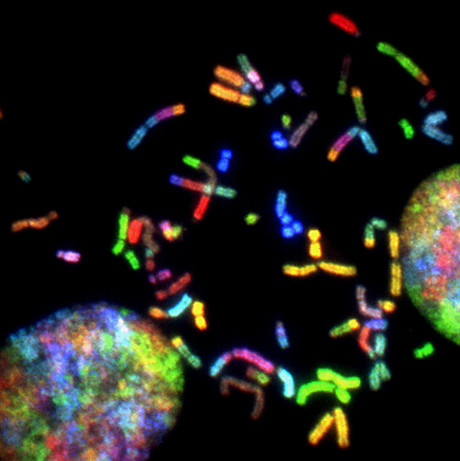
The goal of the imaging methods field of competence is the establishment of improved, precise, highly-sensitive, and highly-specific optical imaging methods for the marker-free imaging of tissue morphology and composition at a subcellular resolution. This reduces and refines surgical intervention (e.g., in cancer medicine).
One key technology includes multimodal linear and nonlinear microscopy. This technology has already been established in fundamental biomedical research as a tool for the fast, marker-free analysis of the three-dimensional structure and chemical composition of single cells, tissues, and organs because it combines penetration depths of more than 1 mm in native tissue at a subcellular spatial resolution, thus allowing unique insight into the correlation of biological structures and functions. In contrast, routine medical diagnosis in general, and specifically in endoscopy and surgery, does not have a comparable imaging method that allows marker-free, intra/perioperative analysis of tissue morphology and composition at a subcellular resolution analogous to conventional histological staining. The use of optical, and specifically spectroscopic, imaging methods with a chemical and morphological contrast (e.g., fluorescence, Raman, etc.) promises conceptually novel solution approaches in daily clinical practice.
Innovative optical imaging methods can lead to faster improvements in patient care due to early detection and the identification of risk populations, which in the long term can result in a more economic health system. The translation of multimodal linear and nonlinear microscopy could fill this gap in medical diagnostics.

